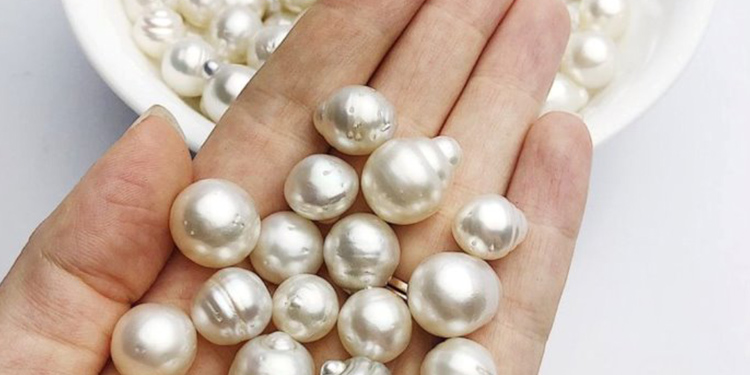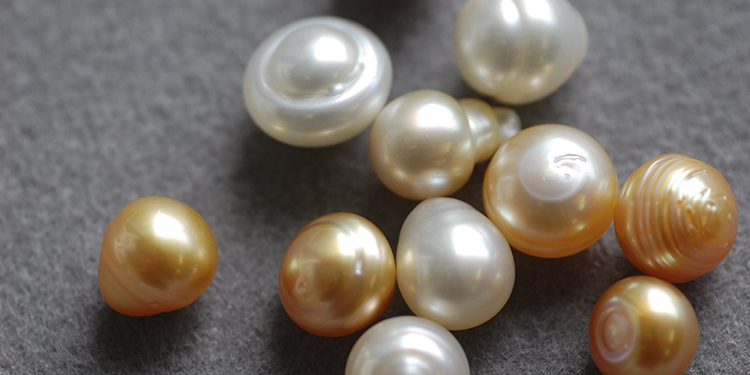Teach you to Distinguish Between South Sea White Pearls and Edison Pearls

Lately, there has been a significant increase in the prices of Australian White Pearls, which has boosted the popularity of Edison pearls.
Many people are wondering if Edison pearls can replace Australian White Pearls and how to tell the difference between the two.
Today, we'll discuss the distinctions between these two types of pearls to help you clear up any confusion.
Edison Pearls and Australian White Pearls: What Are They?
Edison Pearls
Freshwater cultured pearls from China, harvested from triangle sail mussels.
Edison pearls have a sharp luster, a thick nacre layer but not as compact as South Sea pearls, and they may fade with prolonged wear.
They are more affordable, ranging from hundreds to thousands of dollars.
South Sea White Pearls
Sea cultured pearls from white-lipped oysters in Australia.
Australian White Pearls have a thick and compact nacre layer, a clean and deep luster, and they come at a higher price point, ranging from thousands to tens of thousands of dollars.

Why do People Say Edison Pearls Can Replace Australian White Pearls?
Apart from the fact that most Australian White Pearls tend to have a cooler tone, and most Edison pearls have a warmer tone, it's nearly impossible to discern other differences with the naked eye.
Furthermore, with recent advancements in Edison pearl cultivation techniques, some Edison pearls can now achieve a cold luster very similar to that of Australian White Pearls.
Without professional instruments, they can indeed appear visually comparable.
How Can They be Distinguished?
To roughly distinguish between the two, you can use lighting. Under proper lighting conditions:
Regardless of the overtone color of Australian White Pearls, they are highly transparent, allowing light to pass through from the inside out.
Edison pearls have a more substantial color presence, richer overtone colors, and a slightly yellowish undertone, which doesn't achieve the same level of transparency as Australian White Pearls.
In terms of luster, most Edison pearls exhibit a sharper metallic luster, often referred to as a "light bulb" effect, while Australian White Pearls possess a deeper and more luxurious silky luster.
Australian White Pearls tend to have a softer, smoother texture.

Can Edison Pearls Truly Replace Australian White Pearls?
The question many people are concerned about is whether Edison pearls can replace Australian White Pearls.
My answer is: absolutely not. Whether in terms of economic or collectible value, Edison pearls cannot compare to Australian White Pearls.
A good Australian White Pearl can be passed down for generations, but it's challenging for Edison pearls to achieve the same longevity.
How to Choose Between the Two?
The key is to determine the purpose of your pearl purchase:
For everyday wear, both are suitable, and Edison pearls offer better value for money.
If you have social requirements, Australian White Pearls can better reflect your status, economic power, and aesthetic taste.
If you're looking to collect and pass down pearls, then Australian White Pearls are the clear choice.
Now, do you know the difference between South Sea pearls and Edison pearls?


Leave a Comment